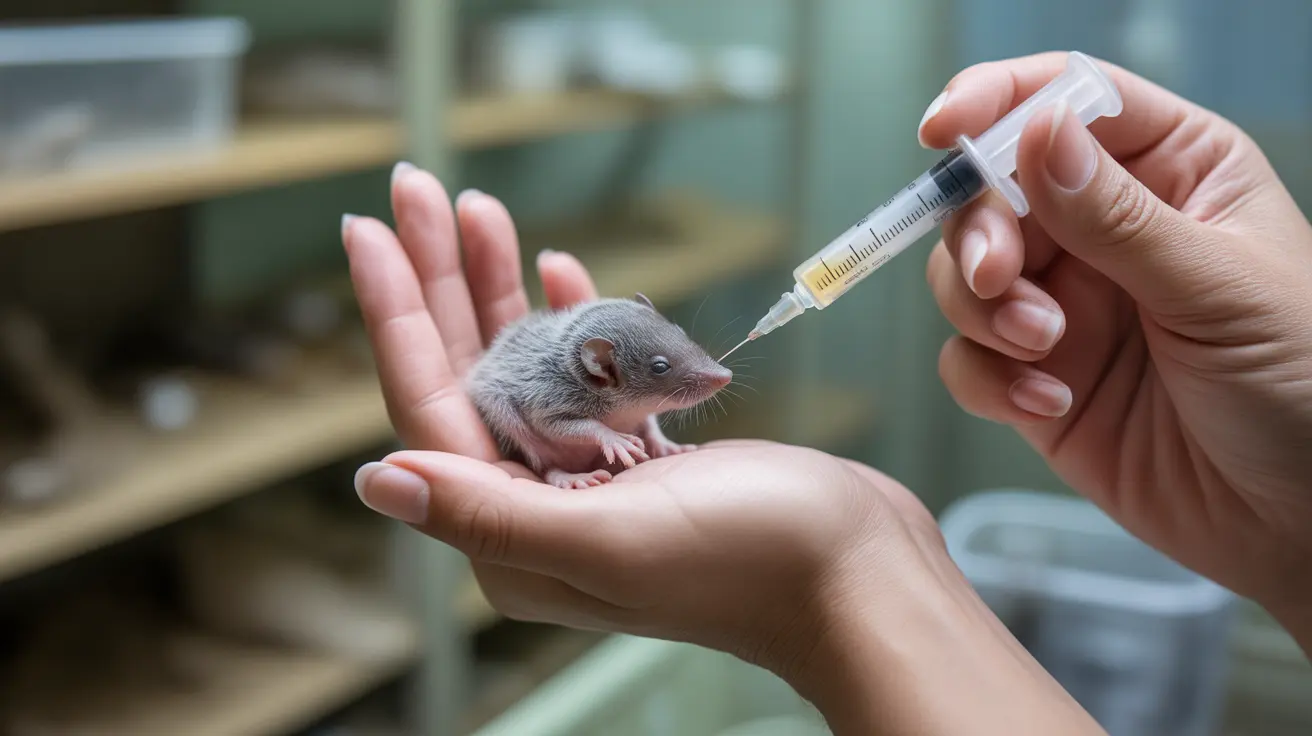Should You Take Your Dog to the Vet for Happy Tail Syndrome?
Happy tail syndrome is a common yet often misunderstood condition primarily affecting dogs with long, muscular tails. It occurs when a dog repeatedly injures its tail by vigorously wagging it against hard surfaces, which leads to cracking, bleeding, and potentially infection. While this may initially seem like a minor issue, the tail's constant movement and limited healing capability can escalate the problem quickly.
Causes and Risk Factors
Understanding the cause helps determine the seriousness of happy tail syndrome. It generally results from repeated impact on hard surfaces caused by:
- Overexcitement and greeting rituals
- Confinement in small spaces, such as kennels, crates, or boarding facilities
- Living in homes with hard furniture or narrow passages
This condition often affects specific breeds due to tail structure and behavior. Breeds most susceptible include:
- Labrador Retrievers
- Great Danes
- Greyhounds
- Vizslas
- Pit Bulls
- Shepherds
- Working breeds with long, thin, high-energy tails
Recognizing the Symptoms
Owners might notice signs when cleaning unexplained blood splatters or seeing their dog incessantly lick its tail. Watch for these symptoms:
- Bleeding from the tail tip
- Sores or open wounds
- Hair loss at the impact site
- Swelling or visible discomfort
- Excessive licking or biting the tail
When to See a Veterinarian
A vet visit is warranted if:
- Bleeding does not stop after initial first aid
- Visible signs of infection such as redness, swelling, or discharge appear
- The wound doesn't heal within one or two weeks
- Your dog continues to re-injure its tail frequently
Veterinarians may conduct a physical exam, assess medical history, and potentially perform bloodwork to rule out underlying issues like clotting disorders or anemia.
Home Treatment Options
For minor cases, try the following steps:
- Clean the wound gently using saline, mild soap, or antiseptic solution
- Apply a non-stick pad or gauze with medical tape (ensure it's not too tight)
- Restrict activity and tail movement by using a calm area or crate
If dogs remove the bandage or reopen the wound frequently, injury progression is likely without medical intervention.
Veterinary Treatments
For serious or recurring cases, veterinarians may provide:
- Antibiotics or topical creams to handle infections
- Pain medications or anti-inflammatories
- Sedatives to reduce activity and further injury
In extreme cases, when all treatments fail, tail amputation (docking) is considered.
Tail Amputation as a Last Resort
Surgical intervention may be necessary for dogs that experience chronic reinjury or infections that compromise their quality of life. While this may sound drastic, dogs generally recover well post-surgery and adapt quickly.
Preventive Measures for Happy Tail
Proactive steps can help manage or prevent happy tail:
- Pad hard surfaces where your dog spends time
- Use tail protectors (commercial or DIY wraps)
- Train for calmer greetings to minimize wagging intensity
- Rearrange furniture to create more open space
Conclusion
Yes, taking your dog to the vet for happy tail syndrome is often essential. While some minor injuries may heal at home, veterinary oversight ensures prompt healing, pain management, and infection prevention. Allowing your dog to persist with an untreated injury risks chronic pain and poor tail function. With professional care and preventive management, dogs with happy tail can continue to lead joyful, healthy lives—even if that sometimes means wagging a shorter tail.





